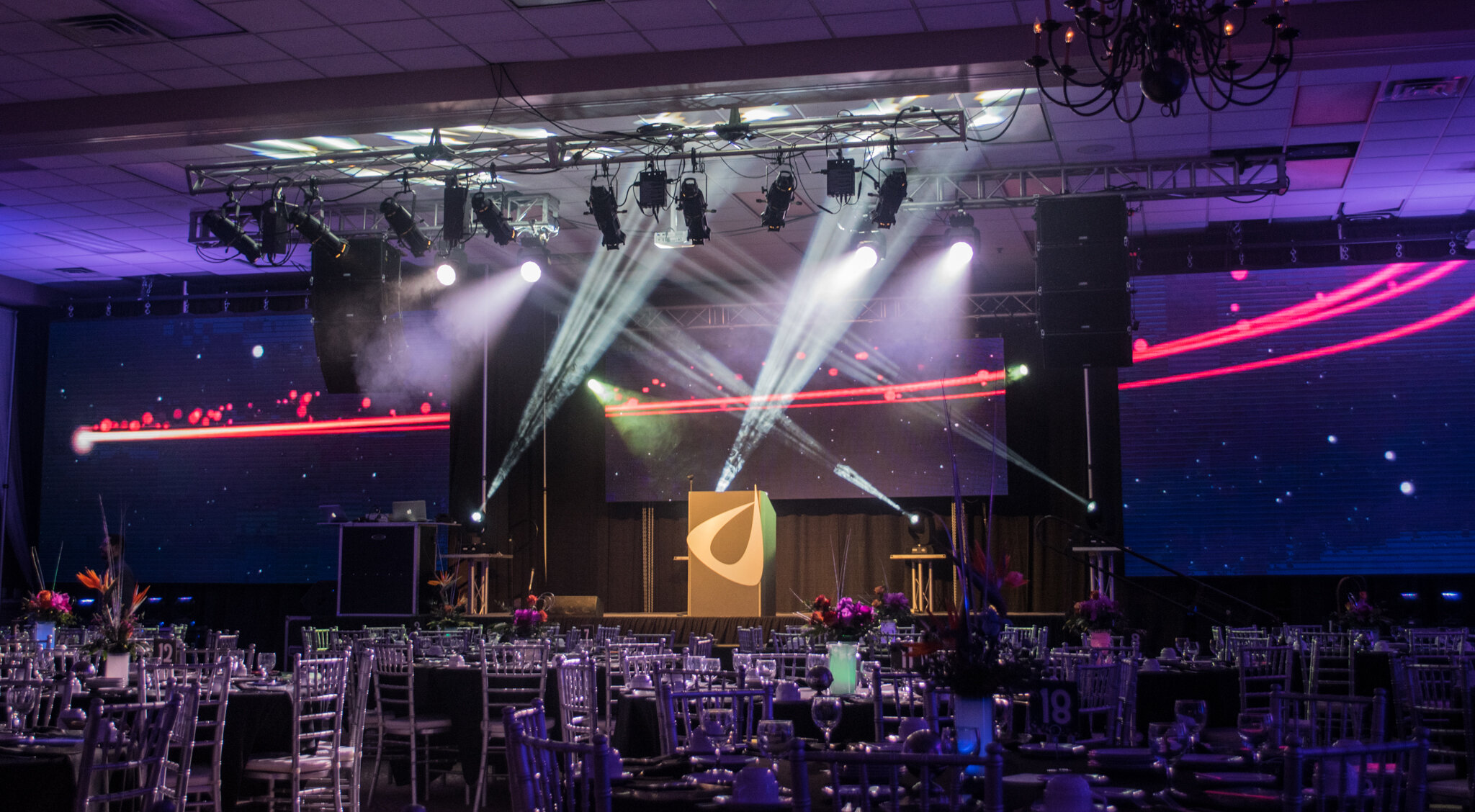Benefits of LED Display Screens Over Conventional Projection Technologies for Modern Graphic Displays
Benefits of LED Display Screens Over Conventional Projection Technologies for Modern Graphic Displays
Blog Article
LED video screens have grown increasingly popular in multiple environments, such as schools, businesses, and leisure locations. These advanced visual systems offer several advantages over conventional projector technologies. Understanding these advantages can help organizations make informed choices about their visual requirements. This piece will explore the main advantages of LED display screens, including luminosity, image quality, adaptability, maintenance, and energy conservation.
One of the key significant benefits of Light Emitting Diode video screens is their luminosity. LED technology produces lively and radiant images that can be readily viewed in multiple lighting conditions. Unlike conventional projection systems, which can have difficulty in brightly lit environments, LED display screens maintain their sharpness and color precision even in well-lit rooms. This makes them perfect for external events or locations with big openings. The high brightness levels ensure that the content displayed is consistently clear, making it easier for audiences to interact with the information being presented.
In addition to luminosity, LED video walls provide enhanced visual clarity. They offer higher definition and better color rendering compared to traditional projection technologies. This means that pictures and videos displayed on an Light Emitting Diode wall appear crisper and more defined. The dot concentration of LED displays allows for near viewing without losing clarity, which is especially important in settings like trade fairs or conferences where attendees may be close to the screen. Furthermore, LED technology can produce richer blacks and more vibrant hues, enhancing the overall visual impression.
Flexibility is another key advantage of Light Emitting Diode display walls. These systems can be configured in multiple dimensions and shapes to fit different spaces and aesthetic needs. Unlike traditional projectors, which require a particular spacing from the screen to function properly, LED display screens can be installed in a variety of environments. They can be bent, arranged, or even used in creative layouts to create distinct visual presentations. This adaptability allows companies to tailor their display exhibits to suit their particular needs, making LED this hyperlink video walls a versatile choice for any setting.
Upkeep is also a critical consideration when comparing Light Emitting Diode display walls to traditional projection systems. Light Emitting Diode screens generally require fewer maintenance over the years. Traditional projection systems often need lamp changes and routine maintenance to maintain peak performance. In contrast, LED tech has a longer lifespan and does not require frequent changes. This reduces downtime and upkeep expenses, making Light Emitting Diode display screens a more economical option in the long run. Organizations can focus on their presentations rather than worrying about the upkeep of their display systems.
Finally, energy efficiency is an important consideration for many companies. LED video walls consume less power compared to traditional projection systems, which can lead to substantial reductions on energy costs. This is particularly advantageous for companies and locations that use screens for long periods. Additionally, the lower power usage of Light Emitting Diode tech contributes to a reduced ecological impact, making it a more sustainable choice. By choosing LED video screens, companies can benefit from premium display screens while also being mindful of their energy use and environmental footprint.
In conclusion, LED video screens offer many benefits over conventional projection systems. Their brightness, image clarity, adaptability, minimal maintenance needs, and power efficiency make them an superior option for contemporary display screens. As technology continues to advance, LED video screens are likely to grow even more common in various settings, providing organizations with the resources they require to effectively communicate and interact with their viewers.